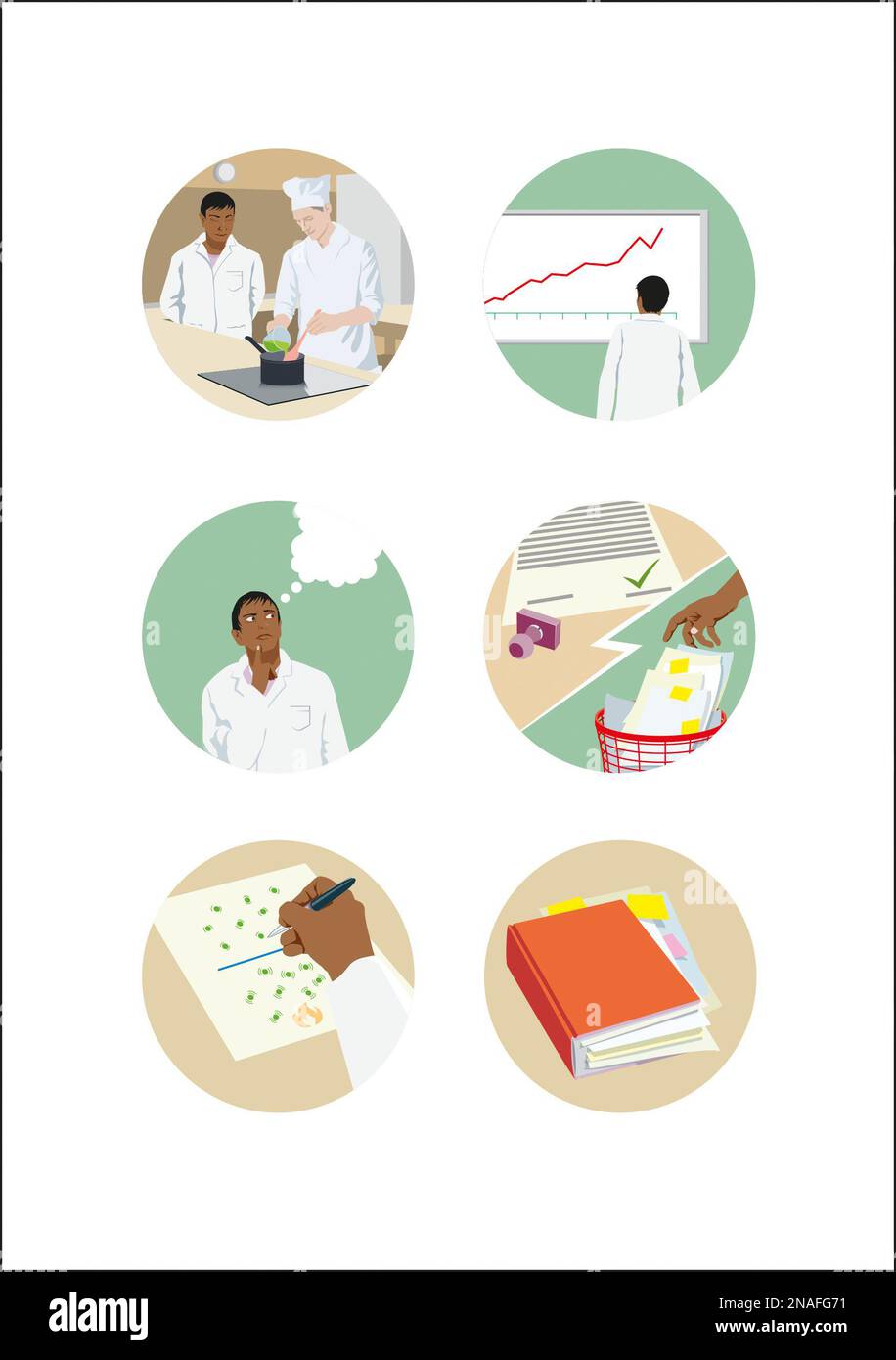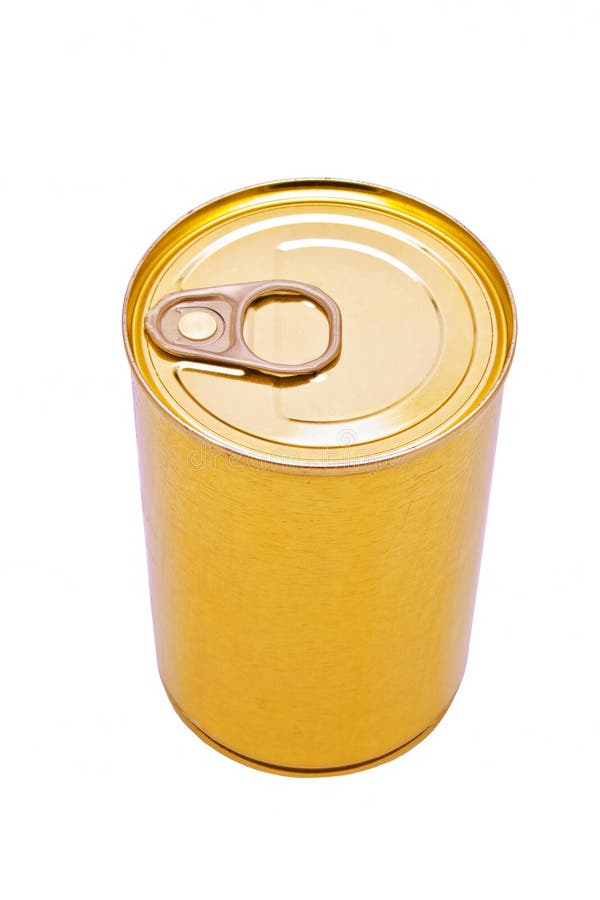Essential Funding Sources for Bowhunter Education: How Federal Excise Taxes and Non-Profit Organizations Sustain Programs Nationwide
Introduction: The Critical Role of Funding in Bowhunter Education
Bowhunter education is essential for promoting responsible, ethical, and safe bowhunting practices. To maintain the quality and accessibility of these programs, reliable funding sources are critical. Two of the most important funding streams for bowhunter education in the United States are federal excise taxes (particularly those established by the Pittman-Robertson Act) and the backing of non-profit organizations dedicated to hunter and bowhunter education. This article explores how these primary funding sources operate, how they benefit bowhunter education, and the steps individuals and organizations can take to access these resources.
Federal Excise Taxes: The Foundation of Public Funding
Federal excise taxes collected under the Pittman-Robertson Act (Federal Aid in Wildlife Restoration Act of 1937) are a cornerstone of funding for bowhunter education in the U.S. [1] This law mandates taxes on sporting arms, ammunition, handguns, and, crucially for bowhunters, archery equipment including bows and arrows. These taxes are paid by manufacturers and importers, and the revenue is distributed to state wildlife agencies by the U.S. Fish & Wildlife Service. [2] The funds are allocated based on a formula that considers each state’s land area and the number of licensed hunters.
The use of these funds is tightly regulated. They can support a variety of activities, including:
- Developing and delivering hunter and bowhunter education courses
- Building and maintaining public archery ranges
- Wildlife habitat restoration and management projects
- Conducting research to support evidence-based wildlife management
Practical Example: In many states, the construction of public archery ranges used for bowhunter training is funded by Pittman-Robertson dollars. These facilities are vital for offering hands-on, practical education in a controlled environment. [1]
How to Benefit from Federal Funding
If you are an individual interested in bowhunter education, you can typically access courses supported by these funds through your state’s wildlife or natural resources agency. For organizations wishing to start or expand bowhunter education programs, the process usually involves:
- Contacting your state wildlife agency to identify available grant programs or cooperative agreements funded by Pittman-Robertson revenues.
- Submitting proposals that align with the agency’s funding priorities, such as increasing youth participation or improving program accessibility.
- Collaborating with agencies to ensure compliance with reporting and spending requirements.
Federal funding may not always be available directly to individuals, but it underpins the structure and affordability of most public bowhunter education offerings.
Potential Challenges and Solutions
One challenge is that federal funds are often subject to legislative changes or policy reinterpretation. For instance, recent debates have questioned whether certain educational enrichment programs (like school archery) are eligible for federal education funds. [3] When in doubt, consult your state wildlife agency, as they can provide up-to-date guidance on available resources and eligibility criteria.
Non-Profit Organizations: The Heart of Community Support
Alongside government funding, non-profit organizations play a vital role in sustaining and expanding bowhunter education. Groups such as the National Bowhunter Education Foundation (NBEF) , the International Bowhunting Organization , the Pope and Young Club , and Safari Club International generate funds through membership fees, donations, and fundraising events. [4] These organizations often provide grants, scholarships, and direct program support to individuals, educators, and local clubs.
Funds from non-profit organizations are typically used to:

Source: vectorstock.com
- Develop and distribute educational materials
- Provide scholarships to reduce course fees for students
- Fund instructor training and certification workshops
- Purchase equipment for community education programs
Real-World Example: The NBEF supports the development of standardized, high-quality bowhunter education curricula and provides teaching aids to instructors nationwide. Local archery clubs often receive grants from organizations like the Pope and Young Club to subsidize the cost of youth education programs. [1]

Source: freeiconspng.com
How to Access Non-Profit Funding
Individuals and organizations can benefit from non-profit support in several ways:
- Check the websites of leading organizations (such as the National Bowhunter Education Foundation and International Bowhunting Organization) for information on available grants, scholarships, or equipment donation programs.
- Contact your local archery or bowhunting club, as these often have relationships with non-profits and may have access to additional resources.
- Apply for instructor training or educational materials by following the guidelines published by each non-profit. Requirements may include a brief application, a letter of intent, or a demonstration of community need.
- Stay informed about upcoming fundraising events or campaigns, as these are frequently sources of direct financial support for education programs.
Alternative and Supplemental Approaches
Beyond federal and non-profit funding, other sources can supplement bowhunter education:
- State and Local Government: State agencies often collect additional revenue through hunting license sales, conservation stamps, and fines. These funds are frequently reinvested into education and outreach programs. [2]
- Corporate Sponsors: Some manufacturers and retailers of archery equipment contribute financial or in-kind support to education initiatives as part of their corporate social responsibility efforts.
- Student Fees: While many courses are subsidized, a nominal fee may be charged to cover direct expenses. In many cases, scholarships or sliding scales are available to ensure access for all.
Step-by-Step: Finding Additional Support
- Contact your state’s wildlife or natural resources department for a list of approved education courses and information on fee waivers or financial aid.
- Ask about local partnerships with businesses or community groups that may offer discounts or scholarships.
- Consider volunteering with a local club or non-profit, as active members are often eligible for additional resources or support for continuing education.
Ensuring Sustainable Bowhunter Education: Key Takeaways
Federal excise taxes and the support of non-profit organizations are the two most important funding sources for bowhunter education in the United States. These resources enable widespread access to high-quality, standardized training for hunters of all backgrounds. By leveraging these funding streams-and supplementing them with state, local, and private support-individuals and organizations can help ensure that bowhunter education remains available and effective for future generations.
If you are interested in pursuing bowhunter education or supporting these programs, the best first step is to contact your state wildlife agency and explore the offerings of nationally recognized non-profit organizations. Inquire about grant programs, scholarships, and instructor resources, and consider becoming involved in local clubs to maximize your impact and access.
References
MORE FROM searchhole.com













